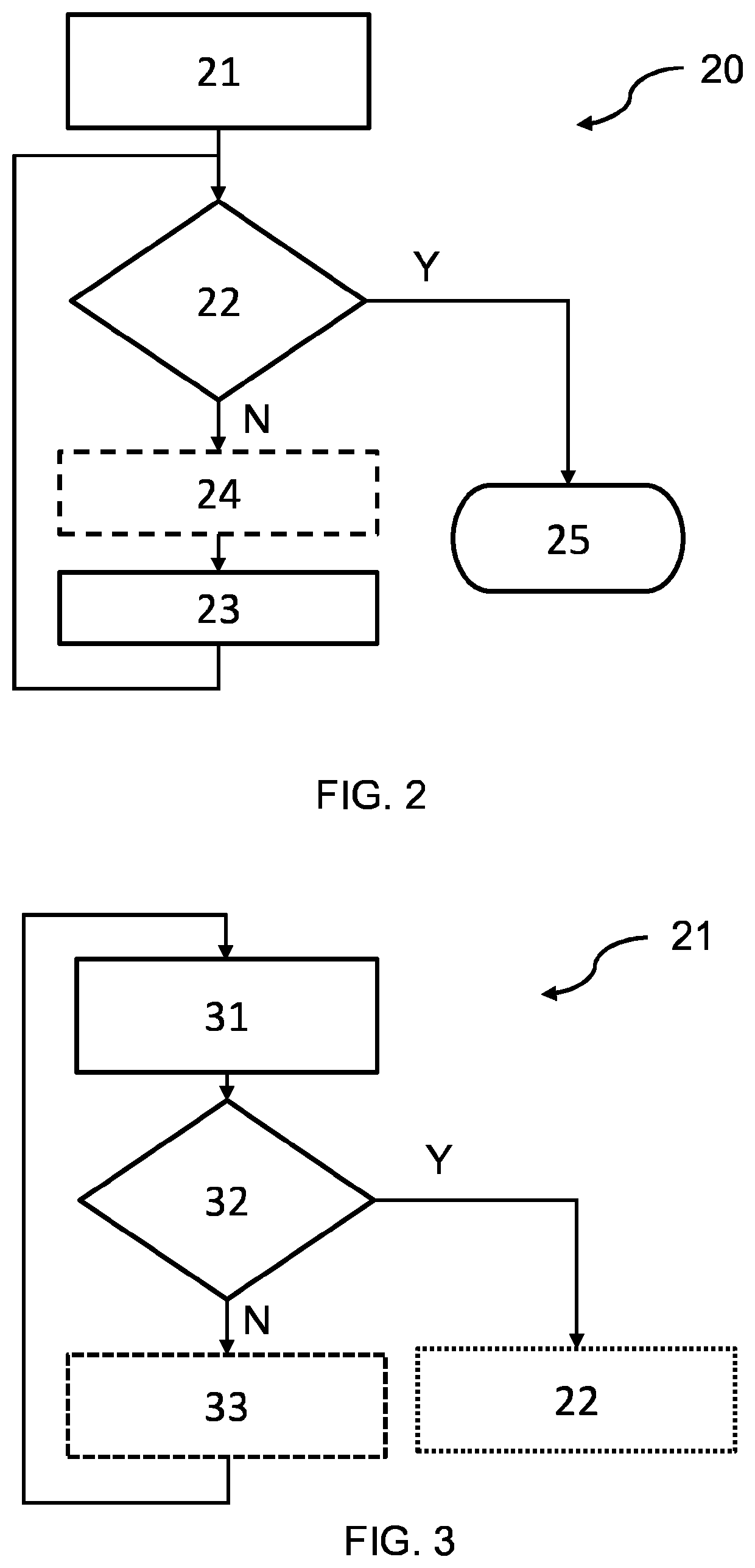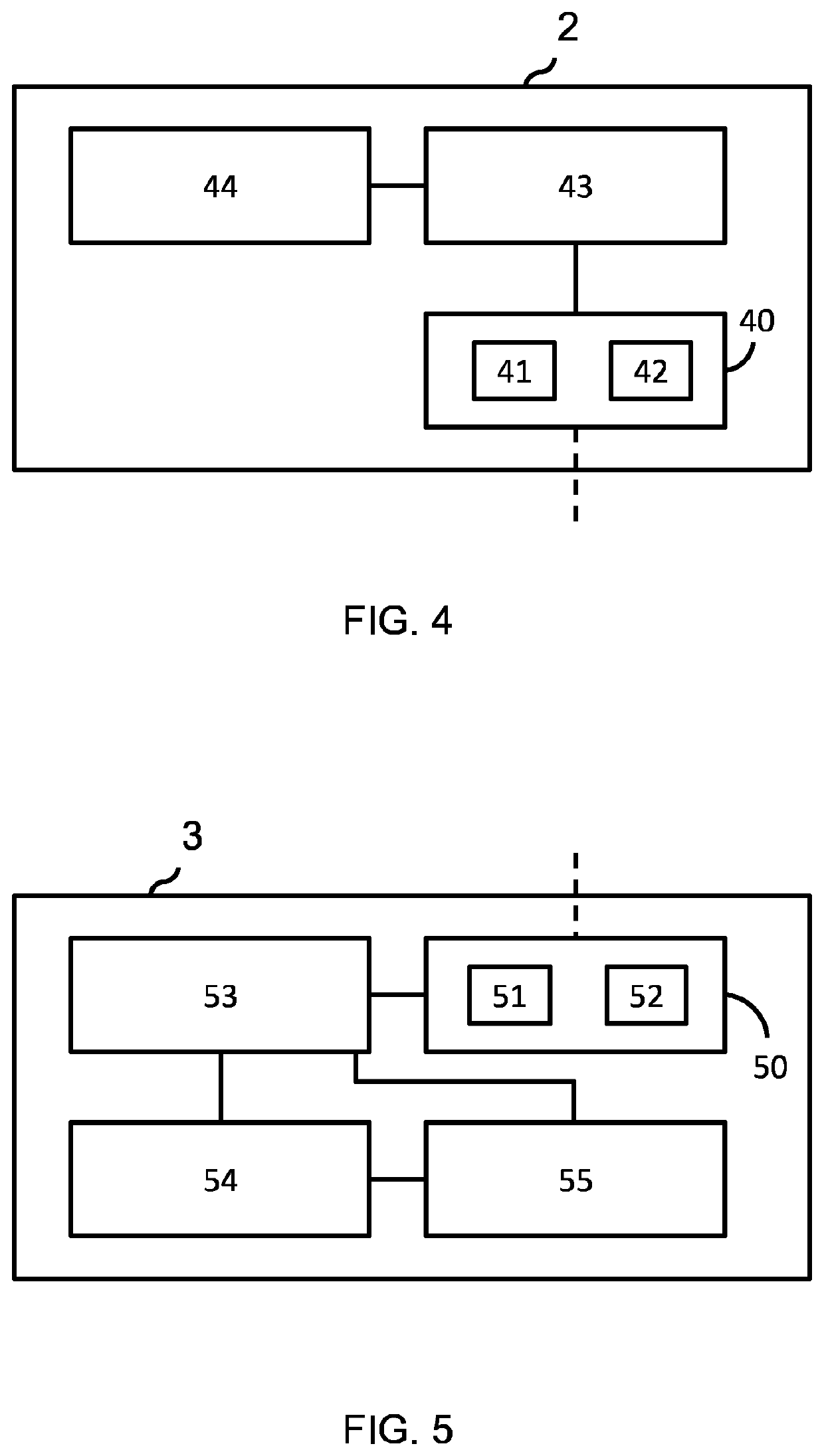Controlling end nodes of a low-power wide area network
a wide area network and control node technology, applied in the field of low-power wide area network control nodes, can solve problems such as end nodes, and achieve the effects of reducing the amount of traffic of the lpwan, increasing the likelihood, and high degree of reliability
- Summary
- Abstract
- Description
- Claims
- Application Information
AI Technical Summary
Benefits of technology
Problems solved by technology
Method used
Image
Examples
Embodiment Construction
[0045]The invention provides a method and apparatus for managing an operation of end nodes of a Low-Power Wide Area Network. A mode change command is broadcast indicating a desire to switch the operating mode of each of a plurality of end nodes. A determination is made as to whether all the end nodes have switched mode to match the desired operating mode, and the mode change command is rebroadcast if it is determined that not all end nodes have appropriately switched mode.
[0046]Embodiments are at least partly based on the realization that end nodes of a Low-Power Wide Area Network may be operable in a plurality of modes to allow them to perform different tasks. A network controller is provided to control and command the switching of operating modes of the end nodes, and concepts provide reliable determination as to whether an operating mode has been correctly switched.
[0047]Illustrative embodiments may, for example, be employed in Low-Power Wide Area Networks, and are particularly a...
PUM
 Login to View More
Login to View More Abstract
Description
Claims
Application Information
 Login to View More
Login to View More - R&D
- Intellectual Property
- Life Sciences
- Materials
- Tech Scout
- Unparalleled Data Quality
- Higher Quality Content
- 60% Fewer Hallucinations
Browse by: Latest US Patents, China's latest patents, Technical Efficacy Thesaurus, Application Domain, Technology Topic, Popular Technical Reports.
© 2025 PatSnap. All rights reserved.Legal|Privacy policy|Modern Slavery Act Transparency Statement|Sitemap|About US| Contact US: help@patsnap.com



